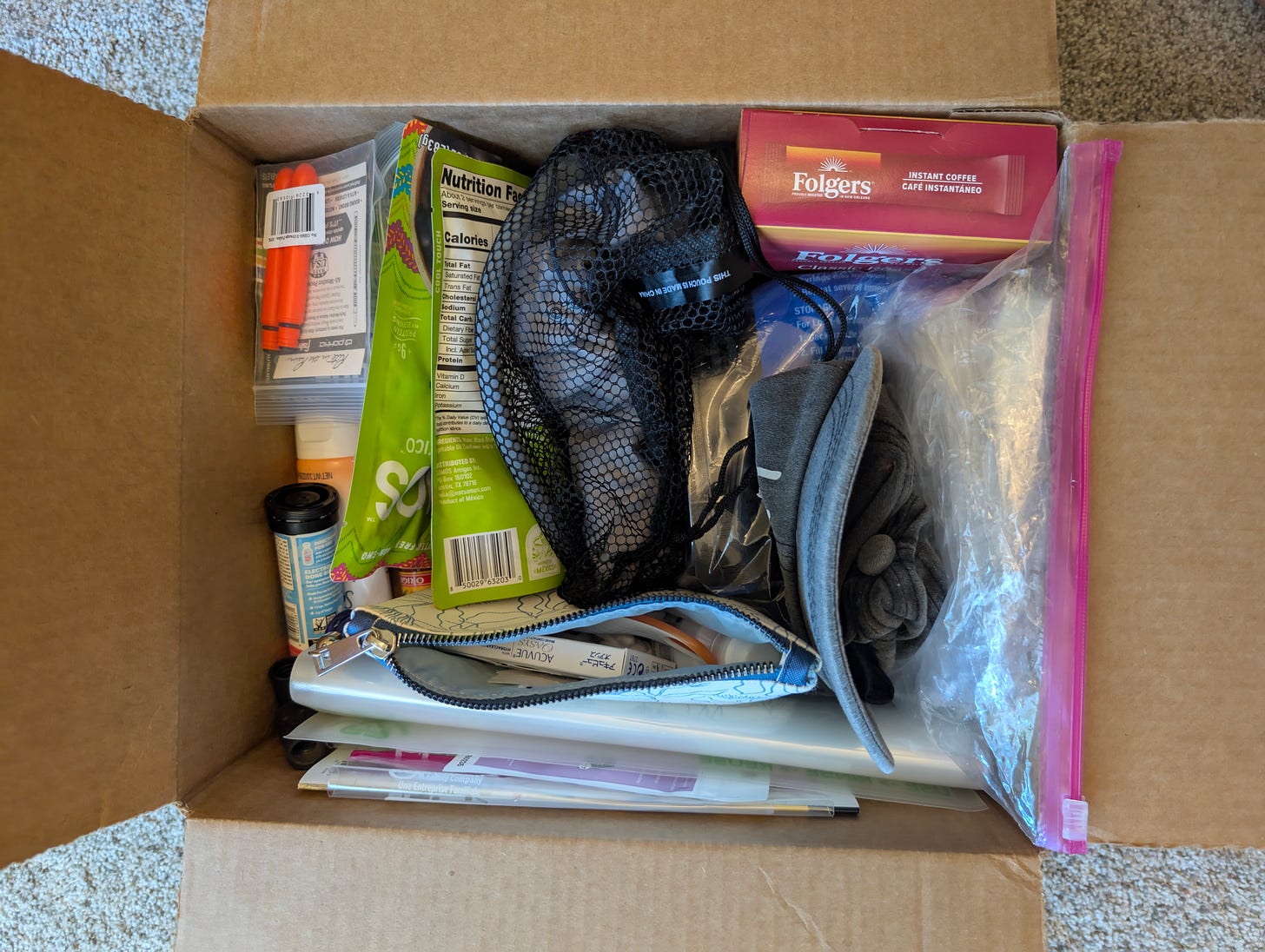How to Plan Your Thru-Hike Resupply (Without Going Hungry)
Beat thru-hike hunger: master mail drops, trail-town shopping, and backup tricks for when the only store is a gas station.

Resupply planning is a crucial part of thru-hike logistics. It’s the answer to that burning question every beginner asks: “Where do I get my next batch of food, and how do I send myself stuff on trail?”
If you’re new to long-di…

